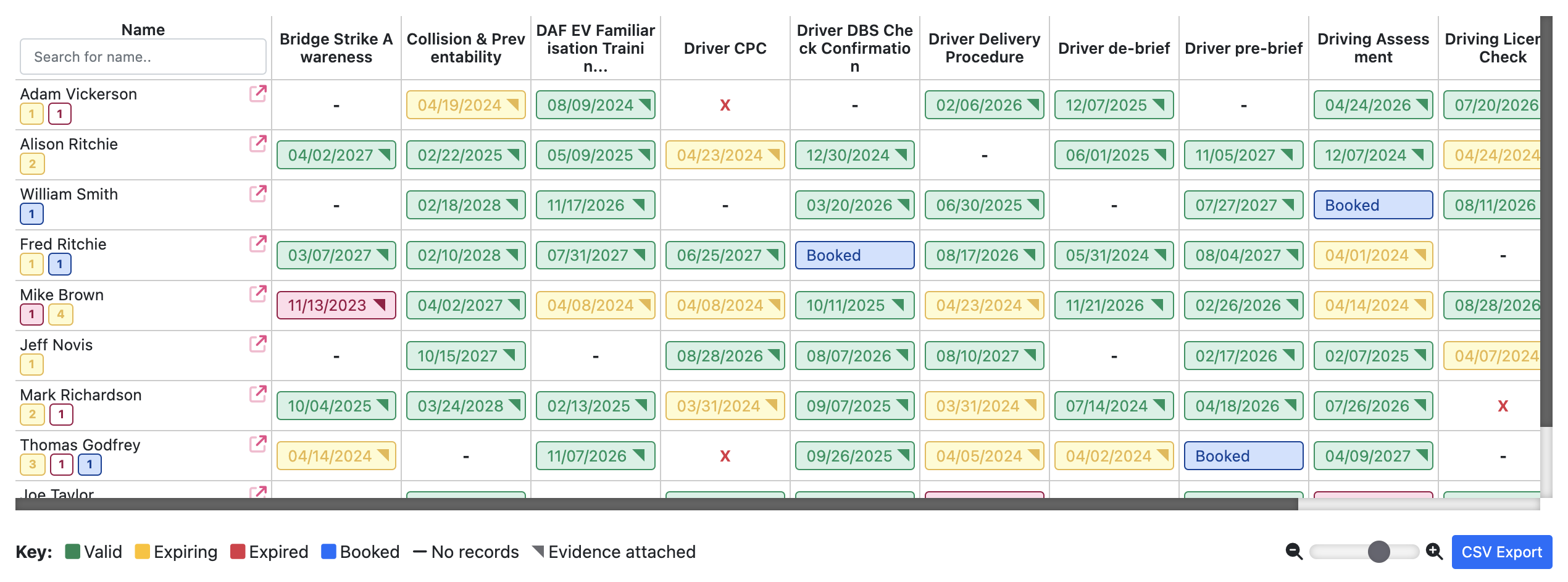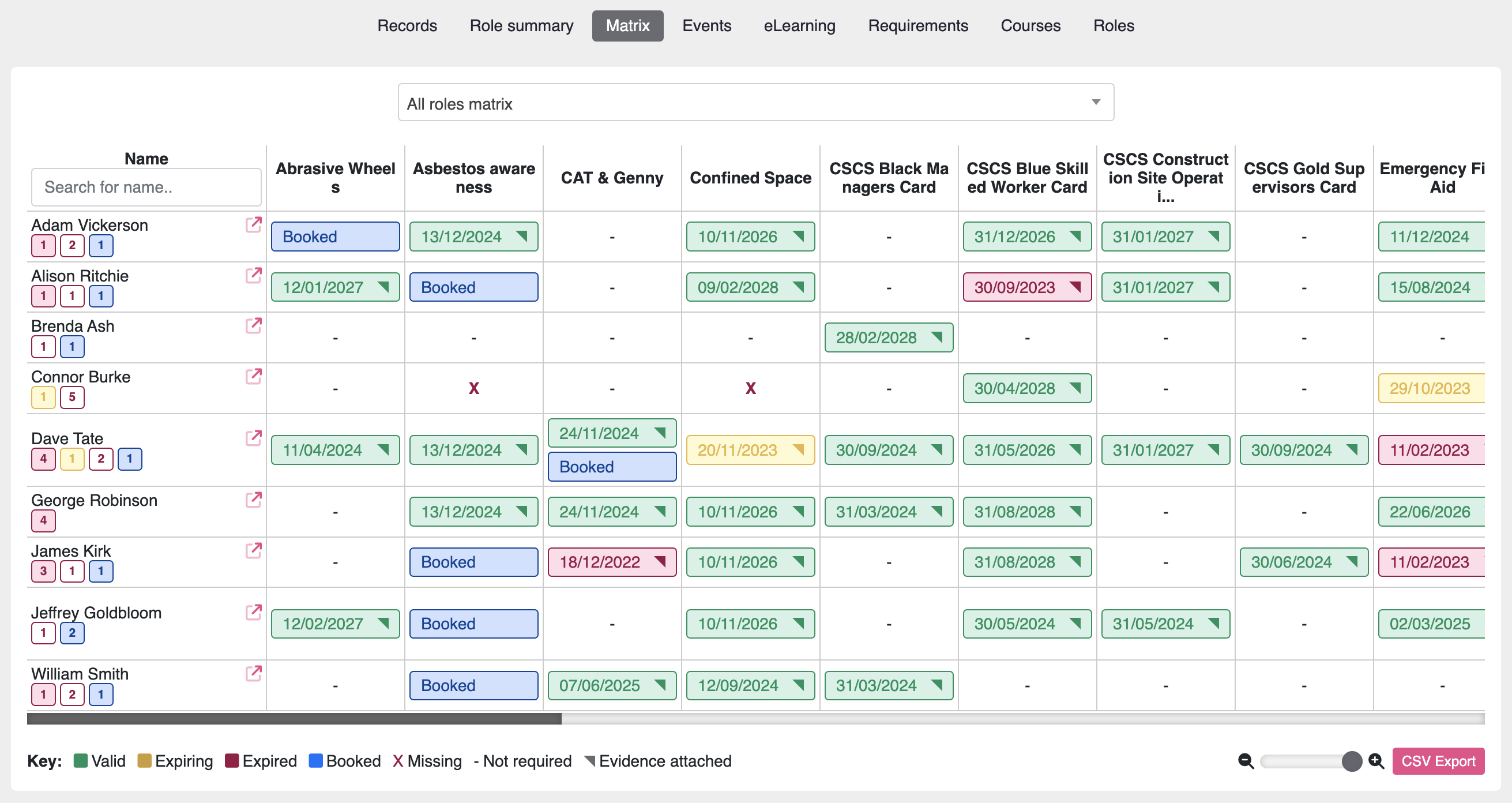In high-risk industries, high-heat operations such as welding, cutting and grinding are routine tasks that carry significant fire risks. Programmes such as Fire watcher training and BOSIET training equip teams with the skills they need to prevent and respond to emergencies. Yet without clear tracking, credentials can lapse, and preparedness can suffer. For safety managers and compliance officers, a platform that records, monitors and automates training reminders is the key to turning individual qualifications into a consistent organisation-wide safety standard.
Why Fire Watcher Training Matters
Every time welding, cutting or grinding takes place, sparks and hot fragments can ignite hidden hazards. Fire watcher training teaches personnel how to conduct a thorough hazard assessment before hot work begins. Trainees learn to establish clear safety zones, position fire extinguishers for immediate access, and maintain communication with hot work crews. During simulated exercises, they practise using handheld suppression tools and coordinating with emergency response teams. Organisations that include a certified fire watcher on every shift see a marked drop in spark-related incidents and build a culture in which every team member understands the importance of prevention.
The Role of BOSIET Training
For teams working on or near offshore installations, holding a current BOSIET certificate is mandatory. BOSIET training covers helicopter escape techniques, sea survival skills, platform firefighting and basic first aid. Participants practise deploying life rafts, donning immersion suits and operating emergency breathing systems under realistic pressure. This hands-on preparation ensures that workers know how to protect themselves and others when rescue vessels or aircraft may be hours away. Companies that insist on BOSIET training for all offshore personnel reduce the risk of unprepared staff facing critical emergencies in remote locations.
Tracking and Maintaining Certifications
Besides completing these courses, companies must also keep detailed records of who has completed each programme, when certifications expire and when refresher training is due. A centralised tracking portal transforms this administrative burden into a straightforward process. Platforms such as FMTC’s dashboard allow safety managers to upload and store digital credentials for both Fire watcher training and BOSIET training. Automated reminders ensure that no qualification goes unnoticed, while built-in reporting tools generate audit-ready compliance summaries for regulators and insurers. This level of visibility means every team member remains qualified and that the entire safety programme keeps moving forward without gaps.
How Moralbox Helps
In addition to platforms like FMTC, Moralbox offers a complete training matrix and compliance management platform designed specifically for high-risk industries. It enables safety managers to:
- Track expiry dates and automate reminders for Fire Watcher and BOSIET qualifications.
- Store and organise certificates in one secure, central location.
- Assign training requirements by role, ensuring full coverage across sites and teams.
- Generate instant compliance reports for audits, insurers and stakeholders.
Unlike generic tracking tools, Moralbox integrates certification tracking into your full workforce compliance strategy. It links training records with job roles, risk profiles and organisational structure to provide complete visibility.
👉 Learn more about training matrices
Integrating Tracking into Daily Operations
By embedding certification tracking into daily workflows, organisations create an environment where everyone shares responsibility for compliance. Supervisors receive alerts when certifications near expiry. Contractors and third-party vendors upload proof of training before they arrive on site. Individual staff members can log in at any time to check their own status. This continuous, transparent approach reinforces personal accountability and maintains safety as a workplace culture.
Best Practices for Certification Management
To maximise the value of Fire Watcher training and BOSIET training, safety leaders should follow a few simple best practices:
- Risk-Based Scheduling – Prioritise refresher courses for roles with the highest exposure to hazards.
- Blended Learning – Combine online theory modules with hands-on drills to reduce downtime and improve skill retention.
- Cross-Functional Drills – Organise joint exercises that bring together fire watchers, offshore teams and rescue personnel to build teamwork.
- Data-Driven Insights – Analyse training metrics regularly to identify knowledge gaps, emerging risks or opportunities to refine the curriculum.
Conclusion
Fire Watcher training and BOSIET training deliver essential skills for hazard prevention and emergency response. Tracking these qualifications through a dedicated platform turns individual readiness into a robust, verifiable safety system. When records are automated, reminders are timely and reports are transparent, organisations can focus on operations with the confidence that their workforce is certified, compliant and prepared for any challenge. Continuous management of these certifications—whether through FMTC, Moralbox, or both—demonstrates a true commitment to safety, people and performance.
John is our co-founder and is responsible for software design and development and loves helping people solve problems using innovative software.


